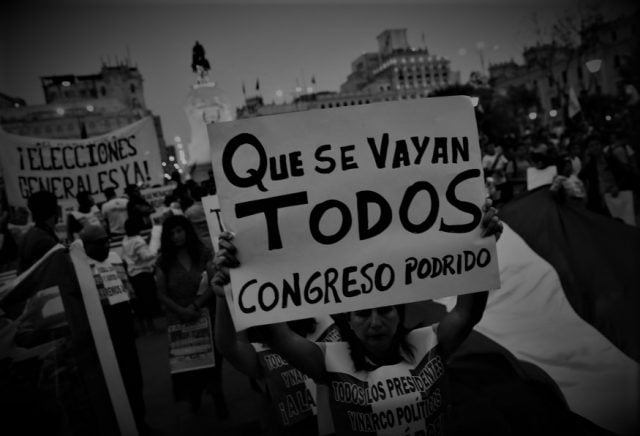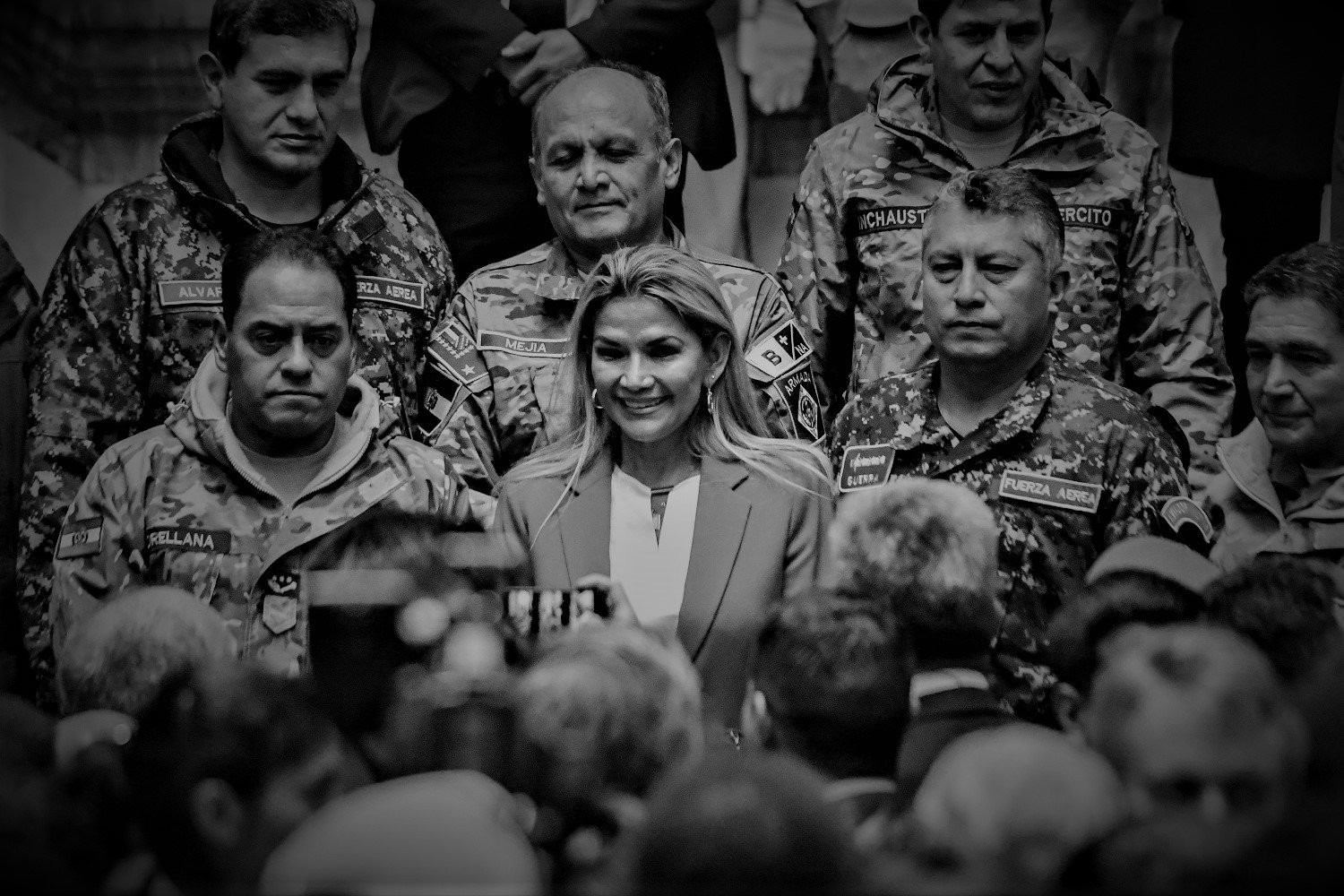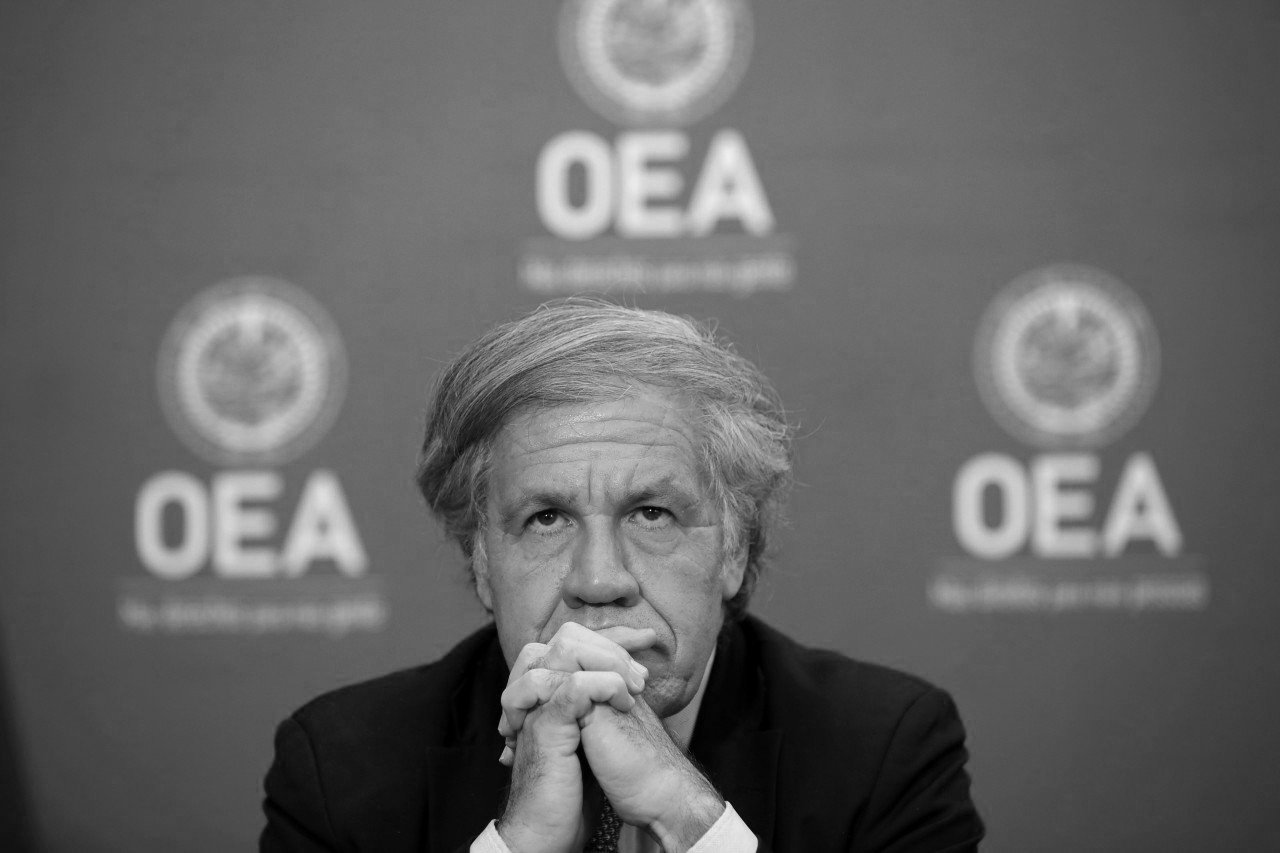The political crisis in Peru has been going on for several years and most of them have passed without a true democracy. Its last elected president was Pedro Pablo Kuczynski, who ruled from July 28, 2016 to March 23, 2018.
Kuczynski, to avoid being deposed by Congress, resigned from office. The president was involved in the Odebrecht corruption scandal and in an alleged bribery attempt.
In the elections, Kuczynski defeated Keiko Fujimori, daughter of former President Alberto Fujimori, imprisoned for murder, crimes against humanity, bribery, kidnapping and embezzlement. Keiko was also removed from her post as a congresswoman for being also involved in bribery schemes of the Odebrecht scandal.
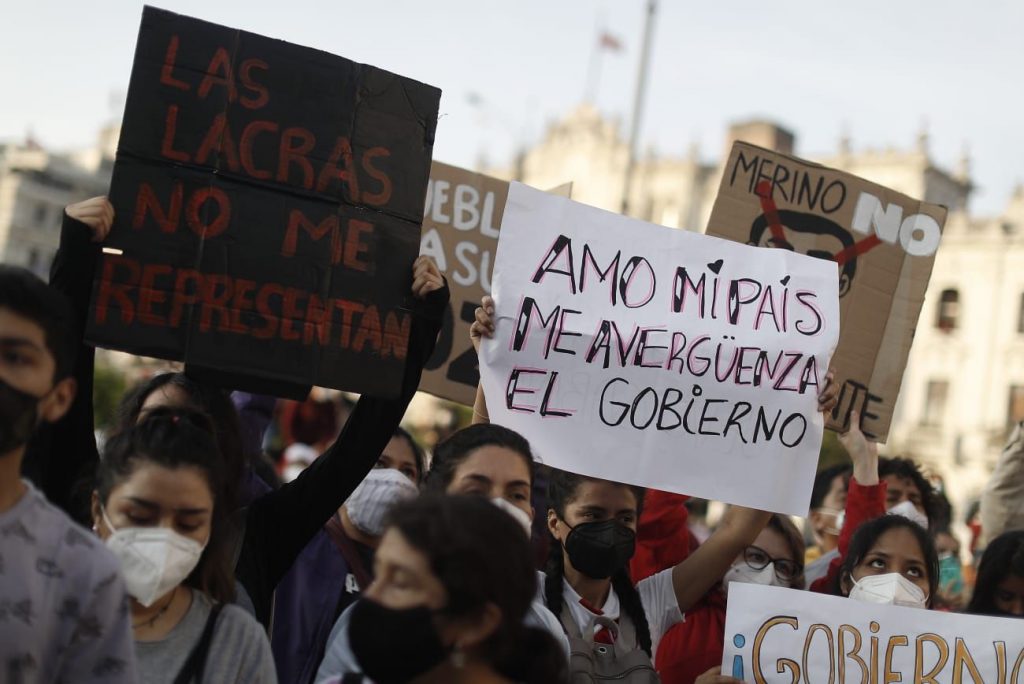
Kuczynski’s successor was Martín Vizcarra, who was recently removed from office by the same Congress that appointed him. His mandate lasted from March 23, 2018 to November 9, 2020. On that day, Parliament declared the Presidency vacant due to his “permanent moral incapacity”.
Vizcarra was accused of receiving illicit payments from construction companies when he was the governor of Moquegua. Vizcarra was succeeded by Manuel Merino, who barely lasted five days in the presidency. He had to resign after the massive protests in Peru.
The last president proclaimed by Congress – quite delegitimized and without credibility- is Francisco Sagasti. He is the third «interim president» in Peru in less than two years, and the second in less than a week.
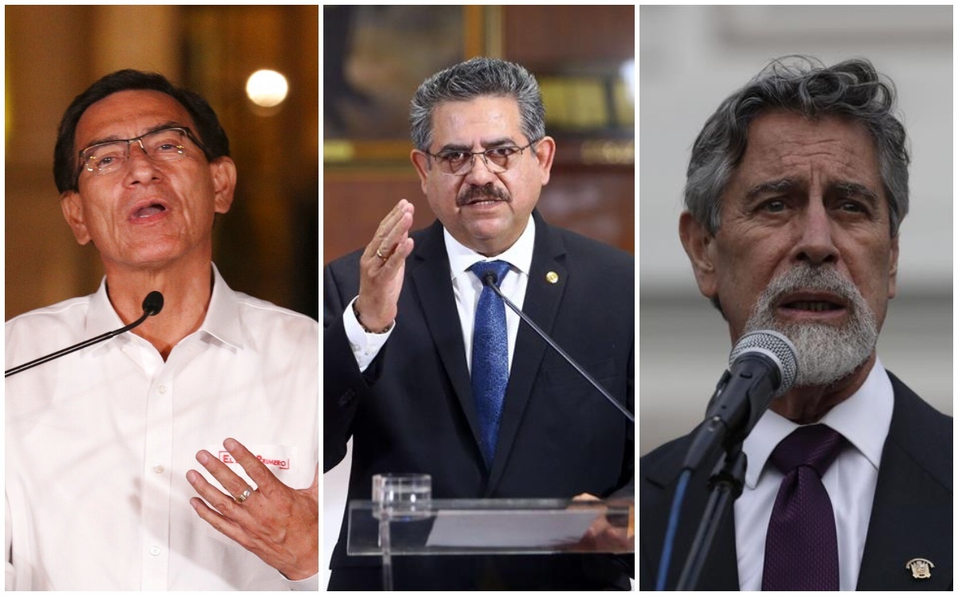
Did Peru forget how to make elections?
Peru has a democracy which is practically lost. The system revolves around hand-picked presidential appointments that have nothing to do with their citizens. While that happens, the Organization of American States (OAS) and its Secretary General Luis Almagro are silent. Neither does the United Nations speak, much less the Lima Group or the United States.
But, in the midst of it all, several questions arise: when will there be elections in Peru? Why doesn’t the international community pressure Peru to call for general elections ?; What is the electoral scenario in the Andean country?
In this regard, the correspondent for Prensa Latina in Peru, Manuel Robles Sosa, wrote a report on the eventual electoral process that will seek to bring order to the critical situation in that country.
The report is titled «Few protagonists and many extras in the Peruvian electoral process». It describes the scenario prior to the general elections scheduled for April 11, 2021. “It is a film with few protagonists, some supporting actors and many extras. Although, they also call it an electoral circus, due to the diversity of the 25 candidates”.
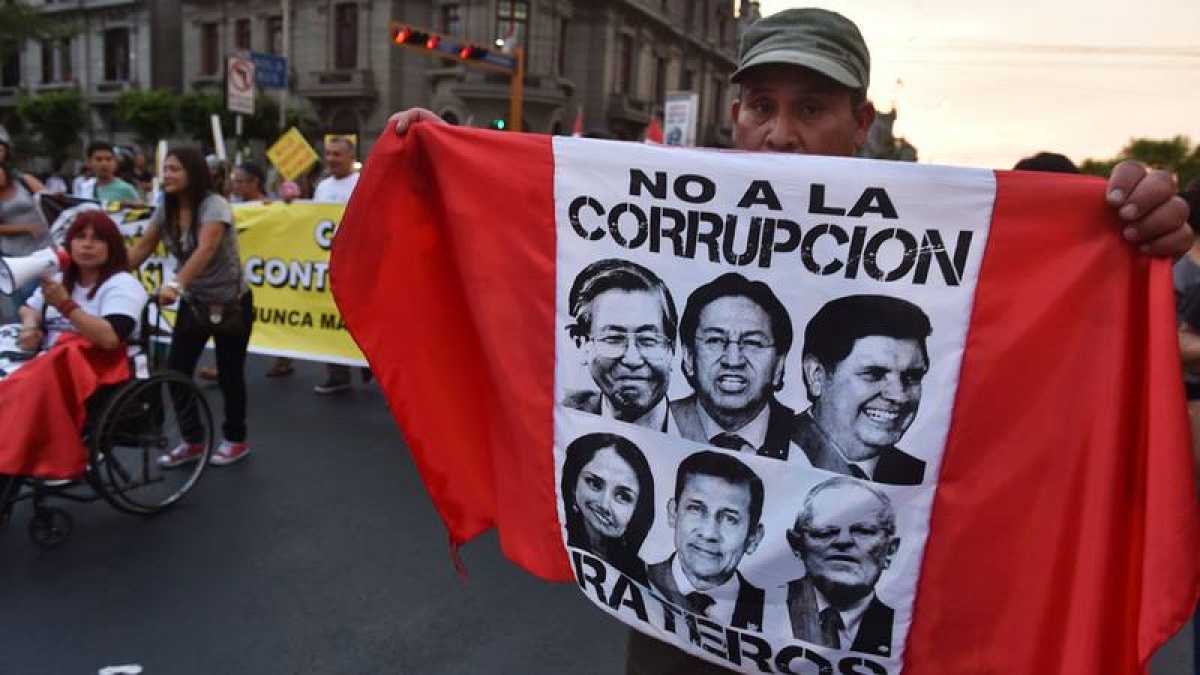
Who are seeking the presidency in 2021
A ‘rookie’ and several figures who participated in previous processes are among the protagonists in the polls and media coverage. After the closing of the registration of the pre-candidates, only five cases will be submitted to internal elections.
The neoliberal Keiko Fujimori, who will be tried for money laundering and other charges, will seek the presidency for the third time. She will represent the Fuerza Popular (FP) party.
Keiko already failed in the second round in 2011 against the nationalist Ollanta Humala, and in 2016 against the neoliberal Pedro Pablo Kuczynski. On her back, she carries «the heavy backpack» of her father’s heavy-handed government. That adds to her own judicial court problems.
The progressive Verónika Mendoza, from the Juntos por el Perú (JP) bloc, is on her second attempt. In 2016, she was ‘the surprise’ when her candidacy reached a third place, well above the neoliberal Alfredo Barnechea.
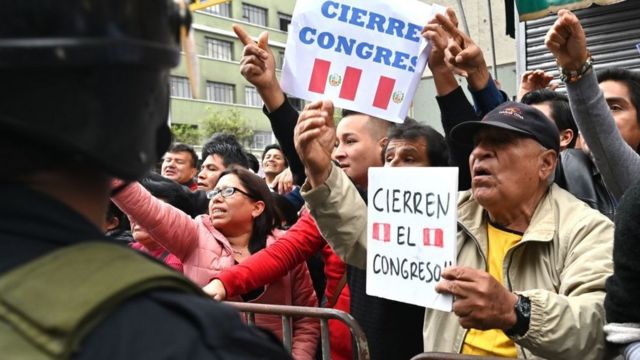
Humala and other minor candidates
Prensa Latina specified that Barnechea will compete with former legislator Yonhy Lescano and two other candidates for the nomination of the old Acción Popular party (AP). He is encouraged by the election of his candidate Luis Muñoz as mayor of Lima in 2018. Also by the first place among nine minorities achieved in the 2020 legislative elections.
Those triumphs were overshadowed by Muñoz’s modest performance as mayor. The internal struggle between right and center left tendencies and the unpopular performance of the AP bench in Congress are added.
Ollanta Humala, head of the Partido Nacionalista, is the only former president (2011-16) registered for the elections. That, despite facing an investigation for money laundering and other charges. For this reason, it has little chance of winning, according to the first surveys.
Two others will participate in the race for the second time. They are the wealthy conservative businessman César Acuña (Alianza para el Progreso) and the center-right Julio Guzmán (Partido Morado).
Both were presidential candidates in 2016, but were eliminated by the electoral authorities. Acuña’s case was due to ethical problems (he incurred in intellectual plagiarism) and Guzmán due to a regulatory infraction.
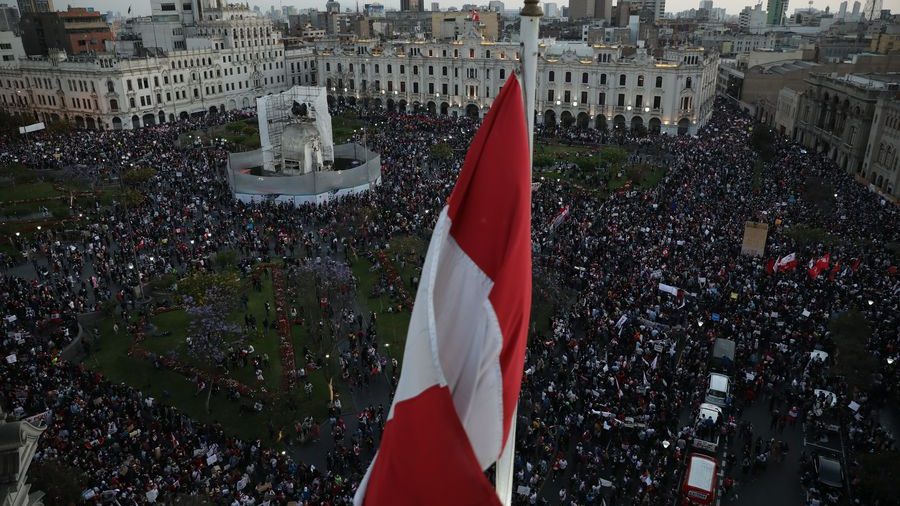
The surprises ahead of the elections
Among the newcomers, the neoliberal George Forsyth stands out with the first place in the polls. It is favored by its inclusion in polls – well in advance – and because he has had a lot of media exposure.
The young ex-footballer and former mayor is one of the candidates who has no political party of his own and no way to build it. For this reason, it uses -as if it were a rental brand- the registry of the small group Restauración Nacional. Many in the Peruvian press say that his first place will not last long.
Another who obtained a similar ‘electoral franchise’ is the neoliberal economist Hernando de Soto, candidate of Avanza País. After advising unsuccessful candidates several times, this time he is “trying his luck as a candidate with overflowing self-praise as a personal stamp”.

Neoliberals, ‘traditional’ candidates and businessmen
The bronco ex-general Daniel Urresti, a member of parliament for the Podemos Peru party, has positions that many consider populist. In addition, he will soon face trial for his alleged involvement in the murder of a journalist, when he was a young officer, 32 years ago. Although he proclaims his innocence, if he is convicted he will not be a candidate.
The traditional parties Aprista and Popular Cristiano (PPC) failed as allies in the general elections of 2016. Then, separately, they fared worse in the complementary legislatures of January 2020. In these last elections they did not obtain any of the 130 seats that were at stake.
The PPC, in ‘terminal’ crisis for years, tried a new alliance to continue surviving with Acuña’s APP. However, the latter ended the association just a week later.
As for the old Aprista Party, the suicide of its leader and former president Alan García (1985-1990, 2006-2011) -when he was requested by the justice system for corruption charges- increased the electoral crisis in which it finds itself.
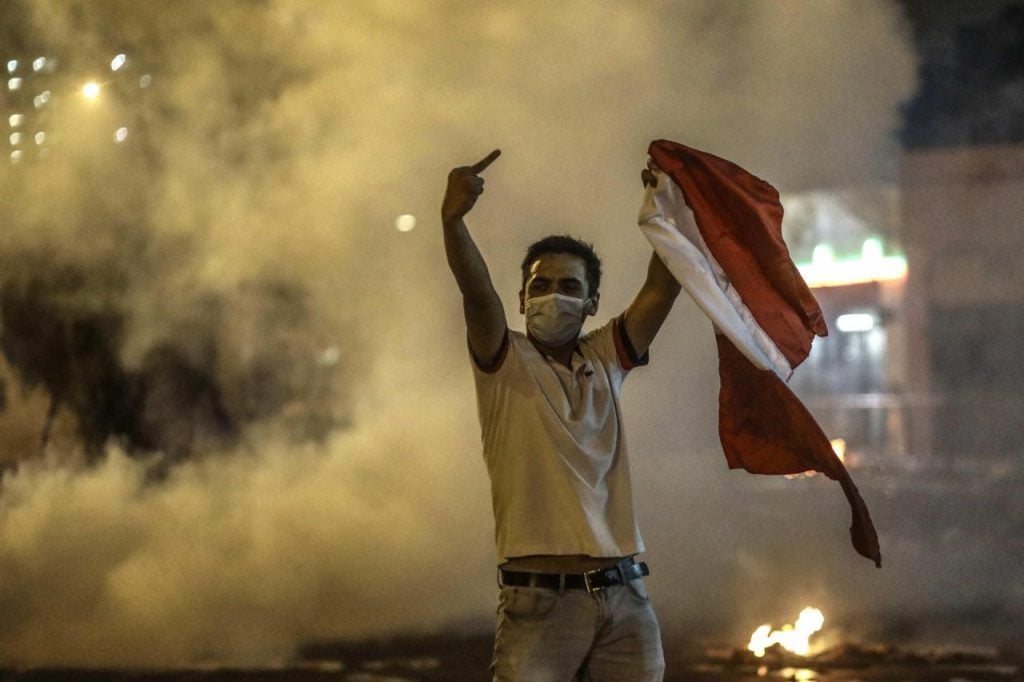
What are the options that the ‘Aprismo’ and Christians have
The aprismo’s main candidate in an internal election is Nidia Vílchez, former parliamentarian and former minister of García. She proposes to retake reformist auroral flags, although – at the same time – she welcomes the support of the right-wing mining businessman Roque Benavides.
By the way, Benavides, like the PPC and other defenders of the neoliberal model, claims to be from the center or to be above ideological definitions. The detail that he does not mention is that his rightist poster generates rejection in the public.
Among the candidates is also the businessman Rafael López Aliaga. He is presented as an expression of Christianity and the positions of conservative Catholics and Evangelicals. Among his controversial ideas, his position of fundamentalist rejection on the issue of abortion stands out.
Peru’s Frente Agrario Popular Popular (Frepap) was a surprise in the January legislative elections. It is the political expression of an evangelical church whose pastor, Jonás Ataucusi, will be a candidate to govern the country.
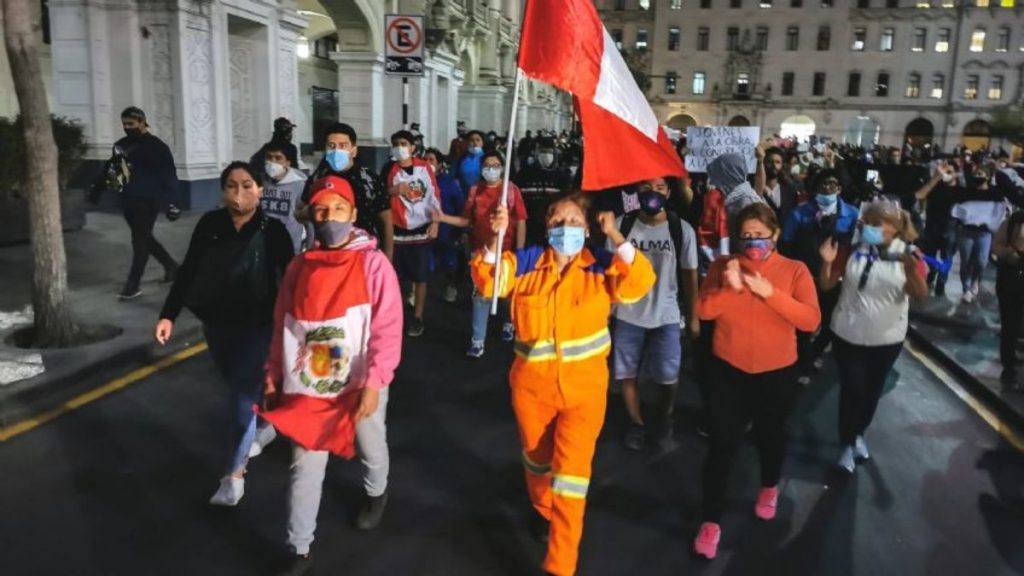
The ‘extras’ in the electoral film of Peru
Another option is the Unión por Perú (UPP), a combination of right-wing elements and radical nationalists. Soon they will celebrate their internal election of candidates.
On the left side of the political spectrum, former environmentalist priest Marco Arana (Frente Amplio) and teacher Pedro Castillo (Perú Libre) are also seeking the presidency.
According to the first polls, among the ‘extras’ of the electoral film are the candidates of Frente Esperanza, Fernando Olivera; Somos Perú, Daniel Salaverry; Todos por Perú, Fernando Cillóniz; Democracia Directa, Andrés Alcántara; Contigo, Máximo San Román; and Perú Nación, Francisco Diez Canseco.
Many wonder: why are there so many candidates? The explanation lies in a legal reform that seeks to solve the problem of those parties that appeared only in elections and hibernated for several years. These political parties, when the situation was not good for them in an electoral process, did not participate and kept their records frozen.
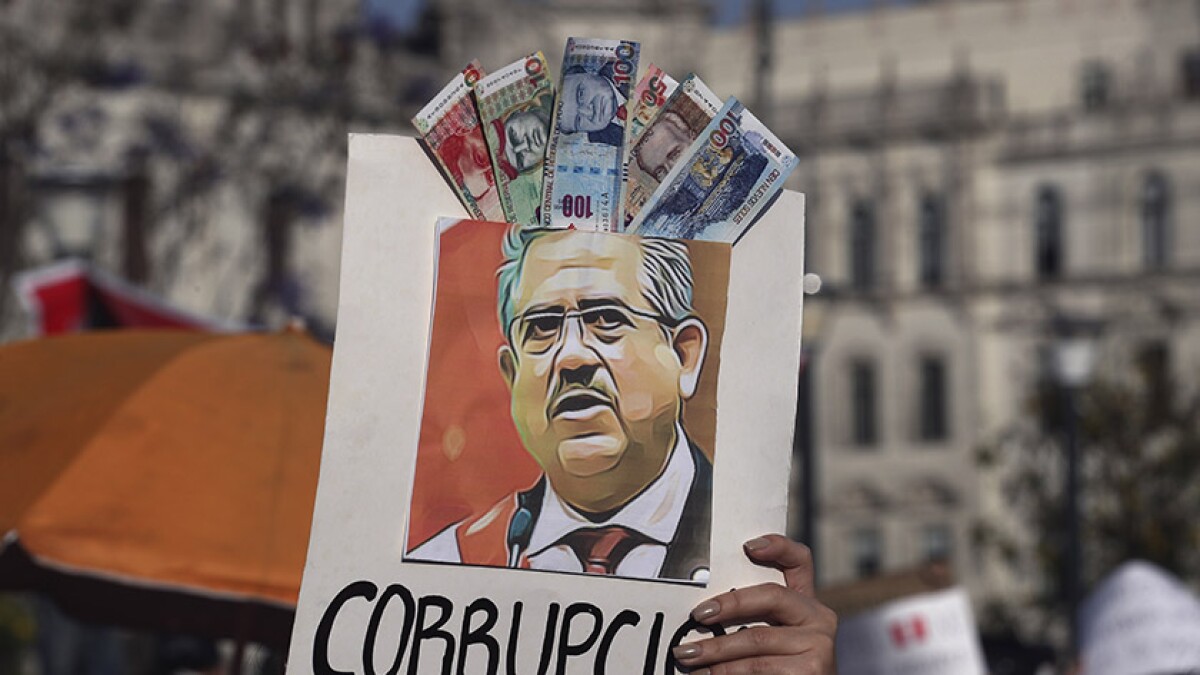
What happened after that legal reform?
After that reform, many of the 25 groups participate only to avoid their legal elimination by absence. In addition, they seek to reach 5% of the votes and the election of 6 legislators, which are the requirements to remain registered. That would also allow them to offer their ‘political party’ to occasional candidates.
In the general elections of 2016, only six parties surpassed the so-called electoral fence of 5%. Unfortunately for them, now the reform also requires them to reach at least six elected legislators.
In this year’s legislative elections, nine parties succeeded. However, in the presidential election there is a greater concentration of votes in the main contenders.
With the new conditions, the April 2021 elections will also be a kind of ‘pruning of the leafy tree’ of the political party system. In statements to Prensa Latina, electoral analyst Fernando Tuesta estimates that only seven or eight political organizations will survive the 2021 election.
